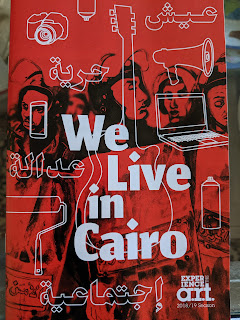Book: Nets of Awareness
Nets of awareness: Urdu poetry and its critics By Frances W. Pritchett
 Just finished reading this book and I wished I would have read it in 1994 when it first came out. This is a great book for people who know nothing or just a little bit about Urdu poetry. It not only gives you the background but dig deeper into the universe of Urdu poetry and gives you all the necessary tools to enjoy Urdu poetry at a greater depth.
Just finished reading this book and I wished I would have read it in 1994 when it first came out. This is a great book for people who know nothing or just a little bit about Urdu poetry. It not only gives you the background but dig deeper into the universe of Urdu poetry and gives you all the necessary tools to enjoy Urdu poetry at a greater depth.
Urdu poetry can be enjoyed in recitation in mushaira or ghazal singing, to be read in gathering or alone, and also to be contemplated over words and lines.
Based on two doyens of Urdu crticism Muhammad Hussain Azad and Altaf Hussain Hali, Pritchett gives the background to what was to shape Urdu poetry after the tragedy of 1857 when Delhi fell to the British and Muslims lost their cultural capital and confidence. Azad and Hali took it upon themselves to resurrect the Muslim culture that resulted in Aab-e-hayaat by Azad and Muqadima by Hali.
Pritchett gives a sympathetic look to Urdu poetry and introduced this amazing body of literature to the English speaking world through her book. She explains how the system of Islah worked. She also explains terms like rabt, ravani, mazmoon afrini, maani afrini, shorish, and kaifiyat which are important to understand to appreciate Urdu poetry to a new level.
Urdu had always survived its detractors in every era and will continue to do so. Even without government support, in fact a major attempt to destroy Urdu is underway in India since 1947, it not only continues to exist but thrive and win new converts everyday. Walk into any bookstore in North India and largest selling poetry book in Hindi will be about Urdu shayari.
Those who are interested in doing "sher-o-shayari" find Urdu meters very hard to learn. Prof. Pritchett's website had this guide to Urdu meters on her website.
Urdu poetry can be enjoyed in recitation in mushaira or ghazal singing, to be read in gathering or alone, and also to be contemplated over words and lines.
Based on two doyens of Urdu crticism Muhammad Hussain Azad and Altaf Hussain Hali, Pritchett gives the background to what was to shape Urdu poetry after the tragedy of 1857 when Delhi fell to the British and Muslims lost their cultural capital and confidence. Azad and Hali took it upon themselves to resurrect the Muslim culture that resulted in Aab-e-hayaat by Azad and Muqadima by Hali.
Pritchett gives a sympathetic look to Urdu poetry and introduced this amazing body of literature to the English speaking world through her book. She explains how the system of Islah worked. She also explains terms like rabt, ravani, mazmoon afrini, maani afrini, shorish, and kaifiyat which are important to understand to appreciate Urdu poetry to a new level.
Urdu had always survived its detractors in every era and will continue to do so. Even without government support, in fact a major attempt to destroy Urdu is underway in India since 1947, it not only continues to exist but thrive and win new converts everyday. Walk into any bookstore in North India and largest selling poetry book in Hindi will be about Urdu shayari.
Those who are interested in doing "sher-o-shayari" find Urdu meters very hard to learn. Prof. Pritchett's website had this guide to Urdu meters on her website.

Comments